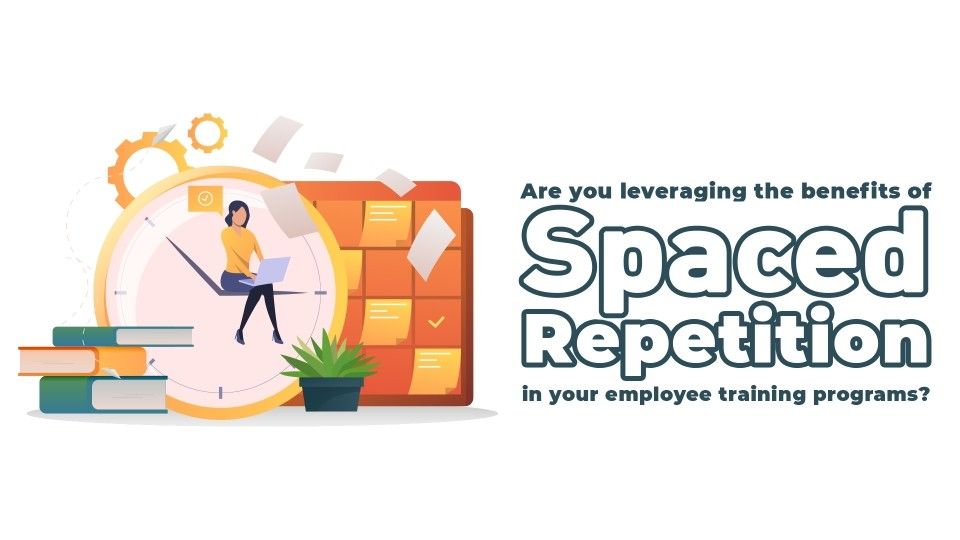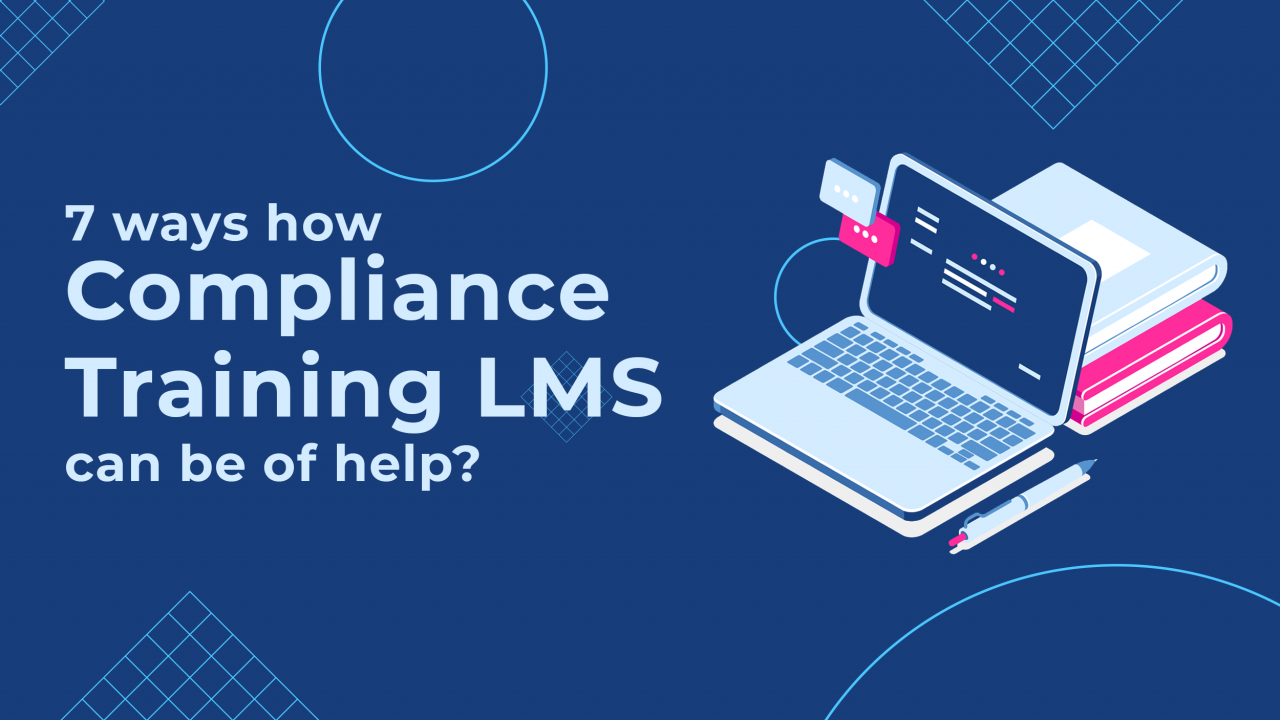Thanks to globalization, organizations across the world have become increasingly multicultural. While there are several benefits to having a multicultural work environment, it does come with some major challenges like language barrier. With organizations embracing staff augmentation & hiring remote workforce, it has become common for most people to work with colleagues from another geographical location which often results in a linguistic faux pas.
Along with linguistic and cultural faux pas that can be committed there is also the fact that you are not going to be getting the skills required from your workforce as they have not gotten the training that is understandable to them. English although being a common language and there are translation tools available its not necessary to have the translation tool effectively communicate what is being taught. This leads to a lot of confusion and rather a negative impact for the training program.
For instance, say you are an English company but have an augmented team somewhere in the Philippines whom you need to train on safety. You cannot expect all the team members to be proficient in English & at the same time you cannot leave behind those who are not proficient in English either. So how do you deal with this? This is where a multilingual LMS for training can be a lifesaver.
Why Should You Invest in A Multilingual LMS for employee training?
In a study conducted at the Åbo Akademi University, Finland, it was identified that there is a huge linguistic gap in multicultural work environments. It is imperative that organizations bridge this gap to deliver effective employee training. The study also states that non-native speakers of English have certain constraints and difficulties while communicating in English and this might result in inequitable learning outcomes. Ideally, the best way to go about employee training is to let employees access the training in their native language.
While any LMS would let you deliver training in any language, only a multilingual LMS would let users customize the interface language. Let us take the previously mentioned example of delivering safety training to your augmented team in the Philippines. While you can deliver course contents in Filipino language, only a multilingual LMS would allow you to set the interface language to Filipino. This is important as your learners might have to navigate through the platform multiple times to go through the training material.

1. Increased Willingness Among Employees to Learn
As always, the primary advantage of having an LMS for training is that your learners get to learn at the pace they are comfortable with. For learners in your multicultural environment to leverage the most out of your LMS, it is important that they get to customize the course interface language. For a non-English speaking learner, having the course interface in their native language will make him comfortable enough to use the platform. Which ensures that the online learning platform is accepted and used more willingly.
2. Make it easier for learners to navigate through the course platform
Every learner has a unique grasping power, and you can't expect everyone to complete the training in a fixed duration. Well, that is the whole point of investing in an LMS right? To let learners, learn at their own pace. Depending on their speed of learning, a user might have to repeatedly go through the training material.
If your course interface is available only in English, learners who are not proficient in the language will have a difficult time navigating through the platform. By letting the learners choose the interface language, you can avoid the unwanted delays and fasten up the course completion process.
3. Assess employees in their mother tongue
Delivering training in mother tongue for non-English learners & allowing them to customize the interface language is not everything. It is also important that they are assessed on the training in their mother tongue. This can especially prove to be beneficial in safety & compliance training programs.
4. Better expand your organizations footprint by partner training
Today most organizations expand their footprint to various geographical locations through extended enterprises or business partners. In most cases these partners become the face of your organization and it is important that they are aware of your organization's products and offerings. For which you need to conduct regular training programs for partners.
Often partner training becomes a pain in the neck for organizations and having a multilingual LMS for partner training can prove to be beneficial. For instance, you can deliver product knowledge tutorials and videos in your partner's native language giving them all the information they need about your product, service, and brand.
To Sum Up
Language barriers are real in most organizations but having a cloud based multilingual LMS can save your organization from employee/partner training becoming a pain. Know that if your organization is not leveraging the benefits of a multi-lingual LMS, you are burning daylight. To know more about how you can benefit from a multilingual LMS, drop us a line.











